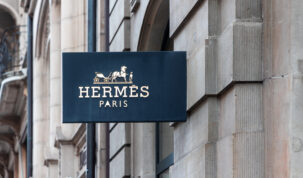According to Wikipedia, “time to market is the length of time it takes from a product being conceived until its being available for sale“. However, the success of the product can often not be determined until the product has been on the market for a period of time. For some products, the success is immediate, for example the Iphone 5S/C sold 9 million copies the first weekend, but for other products, the success may take a while. The SMS-system was invented 1985, but it did not get successful until some years into the 21st century. In 2010, an astonishing 193 000 SMS messages were transmitted each second.
For a patent to be worthwhile the prosecution costs in the application stage, the invention should be potentially commercial. Moreover, since the prosecution cost grows with the number of countries where protection is sought, and since the patent fees after grant depends on where protection is granted, the patent should be potentially commercial in the countries where protection is sought. Imagine the headache this must cause a company when assessing not only if but also where to file a patent application.
The system of priority gives an applicant for patent protection one year from filing the first application for an invention, let’s say in Sweden, until he/she must decide whether to file for patent protection in other countries/regions such as USA, China and Europe for the same invention. As explained above, in many cases, one year may not be enough for determining the success of the invention, especially not in some markets.
Here comes the beauty of the PCT system into play. The PCT makes it possible to seek patent protection for an invention simultaneously in each of a large number of countries by filing an “international” patent application (quote from the WIPO homepage). Moreover, the applicant has at least 30 months from the filing date or the earliest priority date until he/she has to decide in which countries to seek protection for the invention.
Since more than 50 % of the applications prosecuted by the EPO start as a PCT application (the so-called EURO-PCT’s) it is of course vital for a European Patent Attorney to have great knowledge of the special laws that follow a EURO-PCT. For example, when is it mandatory to reply to the Examination report from the PCT-phase of an application (when the EPO was the search authority) and when is it voluntary (when EPO was not the search authority)? Further, since more than 20 % of the applications filed in Europe are filed via the PCT system, and many more are entering the PCT after the priority year, it is also crucial for patent attorneys, working with customers from all over Europe, to be familiar with the PCT system. The subjects of PCT and EURO-PCT are thus natural and important in the Awapatent in-house EQE basic program and in the attendants’ quest of becoming not only European Patent Attorneys, but also damn good IP consultants.
Daniel Enetoft, Patent attorney and EQE Basic student
Johan Engquist, Associate and EQE Basic student




